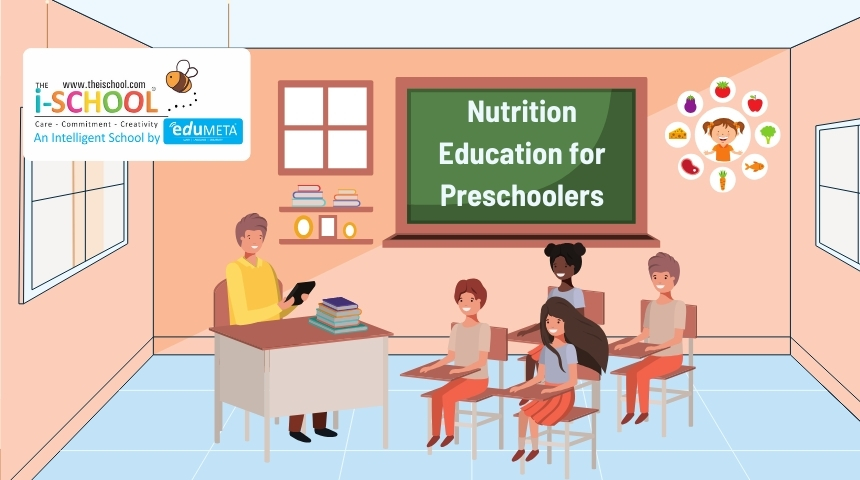Nutrition Education for Preschoolers

Nutrition education for preschoolers is essential for fostering healthy eating habits that last a lifetime. Teaching young children about nutrition can be both fun and educational, helping them understand the importance of making healthy food choices. Here’s how to effectively incorporate nutrition education into a preschool setting.
1. Start with the Basics
Introducing Food Groups: Begin by teaching preschoolers about the different food groups: fruits, vegetables, grains, proteins, and dairy. Use simple language and visuals, such as colorful charts and pictures of various foods, to make the concepts easy to understand.
Interactive Learning:
- Food Group Games: Create matching games where children pair foods with their respective food groups.
- Food Group Songs: Use catchy songs about food groups to make learning memorable.
2. Incorporate Hands-On Activities
Cooking and Tasting: Involve children in simple cooking activities where they can see, touch, and taste healthy foods. Preparing snacks together, like fruit salads or veggie sticks, makes nutrition education interactive and enjoyable.
Activities to Try:
- Smoothie Making: Let children choose fruits and help blend them into a smoothie.
- Veggie Art: Use cut vegetables to create fun art on whole grain crackers.
3. Create a Garden
Planting Seeds: Starting a small garden at your preschool can be an excellent way to teach children about where food comes from. Let them plant seeds, water plants, and watch them grow. This hands-on experience connects children with their food and encourages them to try new vegetables.
Gardening Projects:
- Herb Garden: Grow herbs like basil and mint, which are easy for children to care for.
- Vegetable Patch: Plant easy-to-grow vegetables such as carrots, radishes, and tomatoes.
4. Use Storytime for Nutrition Lessons
Books about Food: Reading books about healthy eating can reinforce nutrition lessons. Choose stories that feature healthy foods and positive messages about nutrition.
Recommended Books:
- “Eating the Alphabet” by Lois Ehlert: A colorful book that introduces fruits and vegetables from A to Z.
- “The Very Hungry Caterpillar” by Eric Carle: Use this classic to discuss the importance of a balanced diet.
5. Teach Through Play
Role-Playing: Set up a pretend grocery store or farmer’s market where children can “shop” for healthy foods. Role-playing helps them learn about different foods and how to make healthy choices.
Interactive Play Ideas:
- Healthy Food Bingo: Create bingo cards with pictures of healthy foods and play a fun game.
- Food Puzzles: Use puzzles that feature food items to help children recognize and categorize different foods.
6. Encourage Healthy Eating Habits
Snack Time Choices: Provide healthy snacks during preschool hours. Offering a variety of fruits, vegetables, whole grains, and dairy can reinforce the lessons taught in the classroom.
Snack Ideas:
- Fruit Kabobs: Let children build their own kabobs with a variety of fruits.
- Yogurt Parfaits: Layer yogurt with fruits and a sprinkle of granola.
7. Involve Parents
Parental Engagement: Engage parents in your nutrition education efforts by sharing information and resources. Send home newsletters with healthy recipes, tips for balanced meals, and updates on what the children are learning about nutrition.
Family Activities:
- Healthy Recipe Exchange: Encourage parents to share their favorite healthy recipes with the class.
- Nutrition Workshops: Host workshops or meetings where parents can learn about nutrition and ask questions.
Conclusion
Nutrition education for preschoolers lays the foundation for healthy eating habits that can last a lifetime. By incorporating fun, interactive activities and involving both children and their parents, you can make learning about nutrition an enjoyable and impactful experience. Start with the basics, use hands-on activities, and create a supportive environment that celebrates healthy choices.
Implementing these strategies in your preschool will not only educate the children but also inspire a whole community to embrace healthier eating habits.
